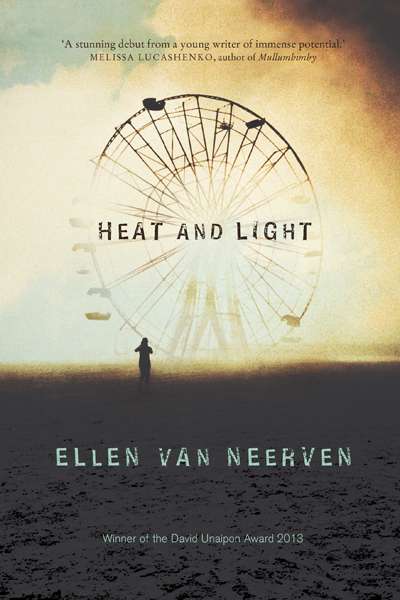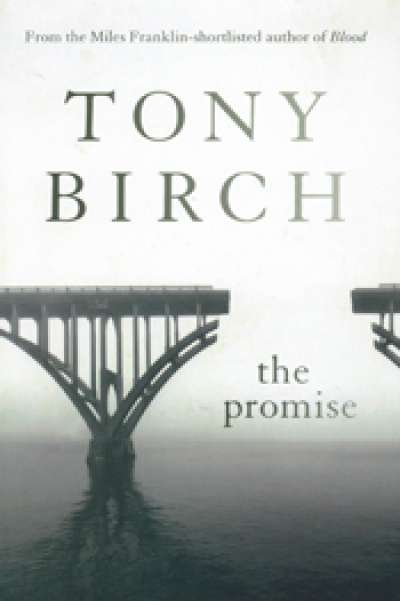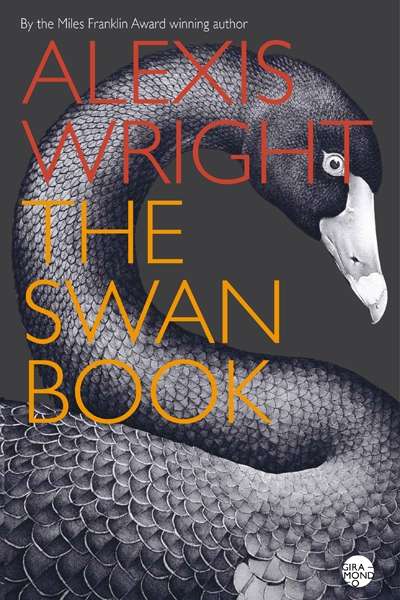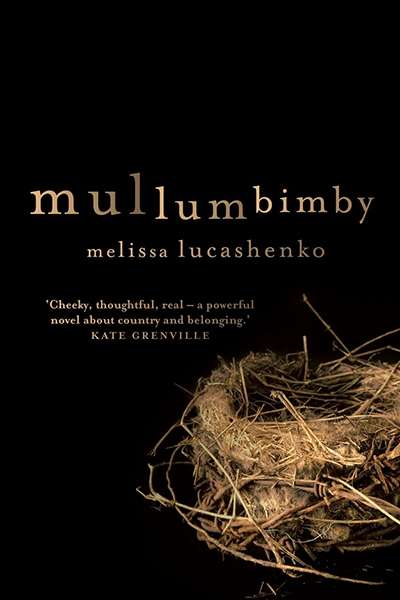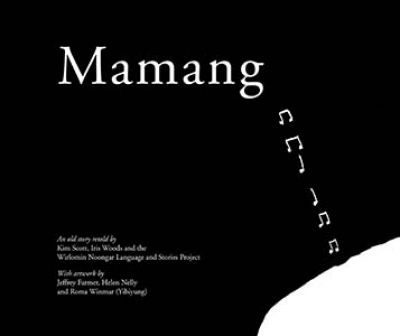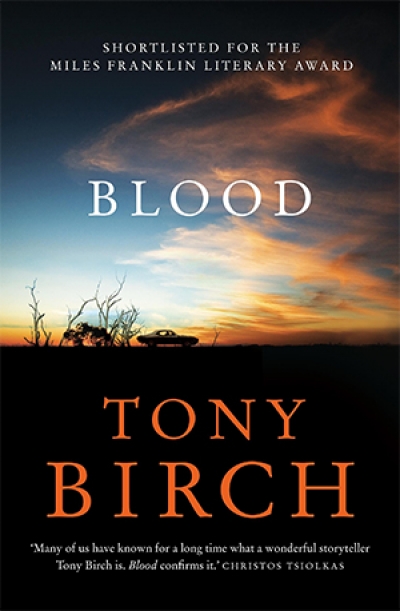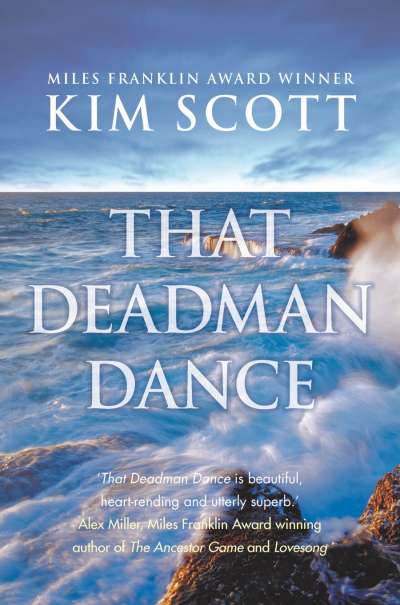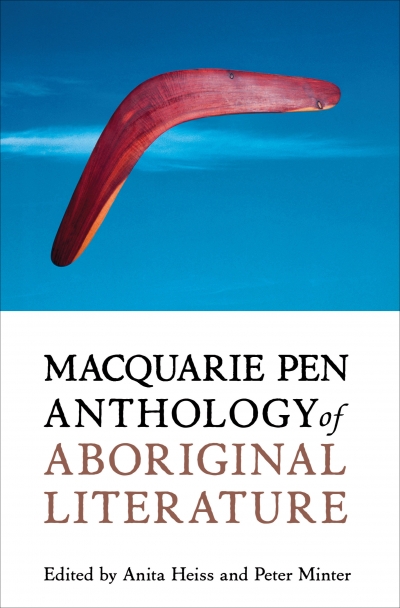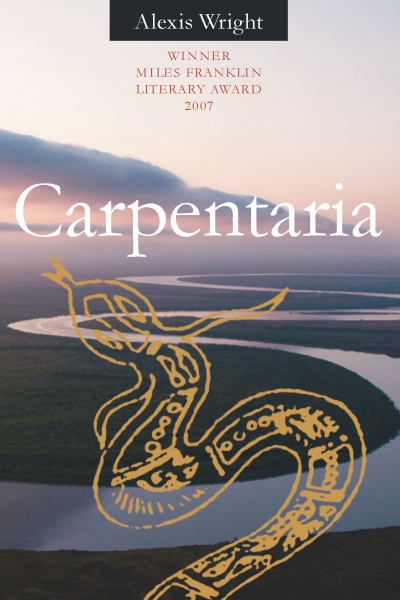Indigenous Writing
A prestigious prize and national exposure are fine achievements for a writer in her early twenties. Heat and Light is the first major publication by Ellen van Neerven, winner of the 2013 David Unaipon Award. Given her age, it is less surprising that Heat and Light focuses on questions of identity.
... (read more)Publisher’s superlatives aside, Tony Birch’s return to short-form writing is an event to be celebrated. Following on from his Miles Franklin short-listed Blood (2011) and his two earlier collections, Shadowboxing (2006) and Father’s Day (2009), The Promise is a collection of twelve short stories united by Birch’s characteristic wit, matter-of-factness, and charm. In many respects, each of the stories in The Promise is an exploration of how the processes of age, attrition, and heartbreak wear away the rougher edges of his characters, though clearly it is what remains that interests Birch: that ember of humanity impermeable to cynicism and the vagaries of fate.
... (read more)‘Without an indigenous literature, people can remain alien in their own soil,’ wrote Miles Franklin, initiator of an Australian literary prize that has been awarded to just two Aboriginal writers: Kim Scott for Benang in 2000 and That Deadman Dance in 2011; and Alexis Wright for Carpentaria in 2007. Franklin, of course, didn’t mean I ...
Mullumbimby is a humorous, heartfelt, occasionally abrasive and brave work by a writer with an acute ear for language, an eye for subtle beauty, and a nose honed to sniff bullshit at a thousand paces. A sculptural work, produced by the author and photographed for the cover of the novel, is a bird’s nest, crafted from twigs, various grasses, and earth. It conveys a sense of sanctuary and genuine protection (as opposed to the institutional and violent ‘protection’ Indigenous people have been subject to throughout colonial occupation). But look a little closer at the image and you will notice that the nest is woven into a thorny crown of rusting barbed wire; a simple but effective invention that for the past one hundred and fifty years has maimed, ensnared, and enclosed animals, people, and land.
... (read more)Mamang by Kim Scott, Iris Woods, and the Wirlomin Noongar Language and Stories Project & Noongar Mambara Bakitj by Kim Scott, Lomas Roberts and the Wirlomin Noongar Language and Stories Project
Mamang and Noongar Mambara Bakitj are retellings of traditional Noongar narratives by the Miles Franklin Award-winning author Kim Scott, in collaboration with a team of others. The books are part of a broader Wirlomin Noongar Language and Stories reclamation and revitalisation project currently under way in the south-western coastal region of Western Australia, an area roughly traversing Albany to Esperance. Like many other Australian languages today, Noongar is barely hanging on. These modest diglot books, charmingly illustrated by Noongar people in simple, unaffected, and direct style, therefore represent a timely intervention into the continuing post-colonial destruction of this critically (and globally) endangered language.
... (read more)As Christos Tsiolkas notes in his back cover puff, Tony Birch’s storytelling skills have been widely acknowledged since the publication of Shadowboxing in 2006. Many people have been waiting to see how Birch would fare with a full-length novel. His début, Blood, is nothing short of outstanding. Birch has finally found a home at University of Queensland Press, where he has his staunch champion, John Hunter, who published Birch’s previous book of short fiction, Father’s Day (2009) under his own imprint, Hunter.
... (read more)Having been ‘completely screwed over by men’, Libby Cutmore is on a self-imposed and inevitably short-lived ‘man-fast’. Although she loves her job at the (fictional) National Aboriginal Gallery in Canberra, memories of New York adventures with her friend Lauren (Manhattan Dreaming, 2010), and Libby’s own sense of exclusion now that her two closest ...
Kim Scott noted in 2001 that the biographical notes accompanying his first two novels (True Country, 1993, and Benang: From the Heart, 1999) changed ...
... (read more)Macquarie PEN anthology of Aboriginal literature edited by Anita Heiss and Peter Minter
In 1938, the year of Australia’s sesquicentennial celebrations, trade unionist William Ferguson and former boxer John Patten helped to organise the first Aboriginal Day of Mourning and Protest on January 26; later that year, they co-wrote the pamphlet from which the above excerpt is taken, on behalf of the nascent Aborigines Progressive Association ...
... (read more)There is a mesmerising scene in Carpentaria when Joseph Midnight is asked if he has seen the fugitive Will Phantom, a young local Aboriginal man who is single-handedly waging a guerrilla war against a large lead ore mining company. He eyes the questioner and astutely spots him as a ‘Southern blackfella …
... (read more)

